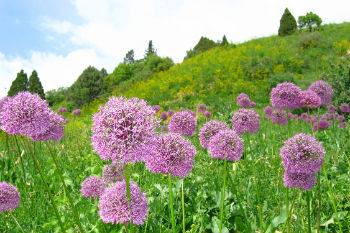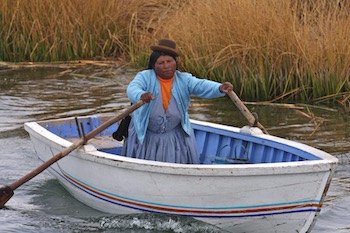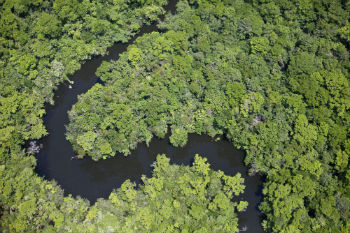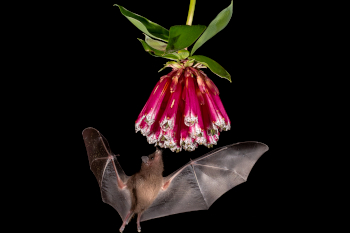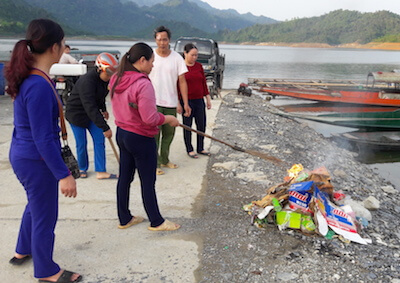Main menu
CEPF is a joint initiative of l’Agence Française de Développement, Conservation International, the European Union, Fondation Hans Wilsdorf, the Global Environment Facility, the Government of Canada, the Government of Japan and the World Bank. A fundamental goal is to ensure civil society is engaged in biodiversity conservation.
Visitez le site français コア情報の日本語翻訳を読むOr use Google Translate to translate the English site to your language:
GTranslate
Grantee Success Story: Sustainable Fishing in Vietnam
Gaining community support for conservation
By: Nguyen Thi Ngoc Lan, WARECOD
13 July 2018
13 July 2018
Fishing and aquatic trading has been a main livelihood for many households in the rural northern Vietnam district of Na Hang for many years. However, up until 2015, harmful fishing practices—fine-mesh nets and electric fishing tools—had been frequently used. With these methods, even the juvenile fish are collected, impacting future reproduction and supply.
Compounding the problem was the common practice of littering near the Na Hang Reservoir, which negatively impacted both the water quality and aquatic life. Le Thi Sen is a trader who purchases aquatic resources from the Na Hang Reservoir. Having lived in the town for nearly 40 years, she has witnessed the decline of the local ecosystems and the aquatic resources within them. She realized the environmental problem but initially thought there was no way she could prompt other people to improve the situation.
In 2015, CEPF grantee WARECOD developed a model for the co-management of fisheries between communities and the government. Previously, conservation of aquatic resources was considered the government’s responsibility, but local authorities did not have enough financial and human resources to frequently monitor fishing practices.
Meanwhile, some local people expressed their willingness to become involved with protecting and recovering aquatic resources. At the end of 2015, a 20-member group named “Aquatic Resources Co-Management” was established in Na Hang under the facilitation of WARECOD. Sen was voted the leader.
The group began to implement monitoring and awareness-raising activities in conjunction with Na Hang town’s People Committee, Division of Agriculture and Rural Development.
Through workshops and on-the-job training, WARECOD helped the group develop their organizational skills and implement -awareness raising activities in the community.
After training was completed, group members visited floating houses located on the reservoir and shared information about the importance of protecting aquatic resources. During those trips, they also observed the fishing tools that were being used in the area. If destructive tools were spotted, members would quickly report them to the local authorities.
Another important component of the group’s work was encouraging people to avoid littering in the reservoir and organizing weekly clean-up campaigns. They asked local shopkeepers to use dustbins and encourage their customers to make use of the bins instead of discharging rubbish in the lake and surrounding areas.
Sen even used her singing and acting talents to increase awareness of conservation issues during community festivals.
At the end of the project, Sen reported that she and other community members had seen fish not observed during the previous five years, including Bagariusbagarius and Hemibagrus. In addition, the use of destructive fishing tools was remarkably reduced. Local fishermen now only use environmentally friendly tools, including shrimp muzzle and wide-mesh nets.
Before the project, destructive fishing tools on the reservoir could be observed almost daily. After the project, the number plummeted to an average of one to two cases a month, and these fishermen came from outside the community. The instances were detected and quickly reported to local authorities by the co-management group.
